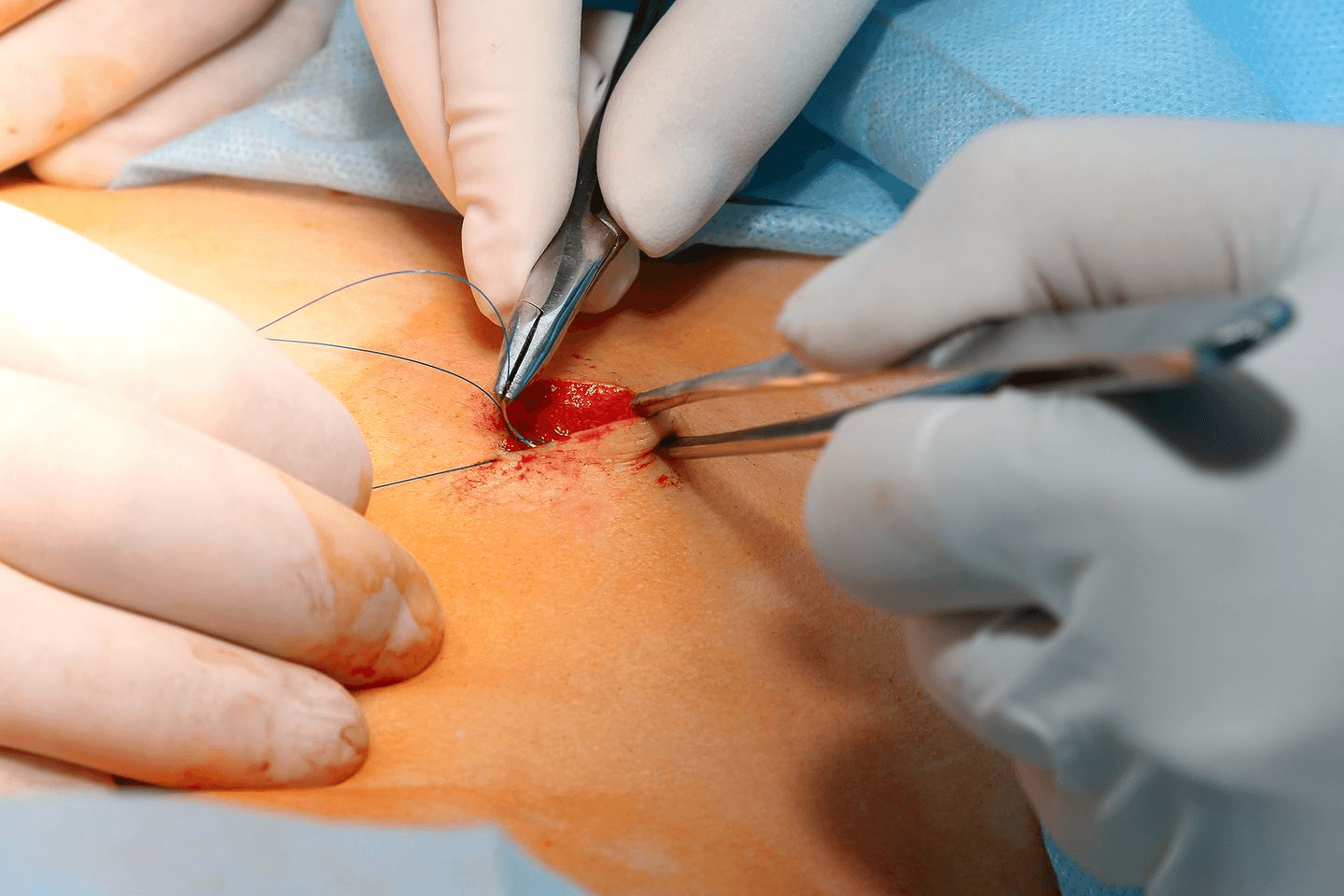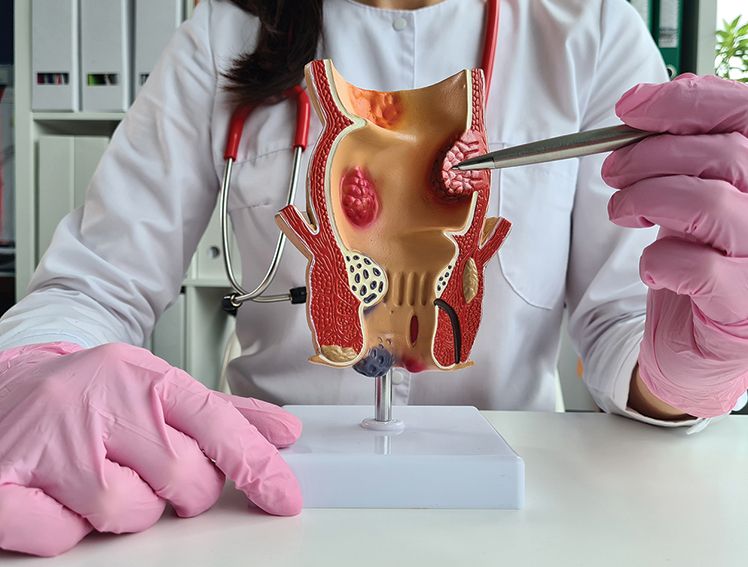
Introduction
The labor pain during vaginal delivery is a part of childbirth. The miracles of modern medicine have been instrumental in easing labor pain through pain-relieving techniques and medications. Advancements in medicine and medical facilities have a more significant share in taking care of women's maternal health.
However, only a select section of society has access to and advantages of these facilities. Lack of availability of trained nursing staff and doctors, safe surgical procedures, access to timely medical intervention, and hygiene awareness are still responsible for complications during and post-delivery in poor, malnourished, and uneducated women in many parts of the world. One such complication is the occurrence of obstetric fistula in women, a condition that is rare in advanced countries. However, one cannot rule out its occurrence.
Obstetric Fistula- Causes and types
The word obstetric refers to the field of study relating to pregnancy, childbirth, and maternal health. A fistula is an abnormal passageway or opening caused between two organs that usually do not connect. Obstetric fistula is an abnormal passageway between the vagina and its surrounding organ. The condition is generally the result of obstructive or prolonged vaginal delivery. A forced delivery damages the tissues due to pressure and causes uncontrolled leakage of urine and feces into the vagina. The other causes of obstetric fistula include radiation therapy for malignancy, infection, sexual violence, or surgical injury.
Depending on the passageway created between the organs, the type of fistula is divided into-
- Rectovaginal- between rectum and vagina
- Vesicovaginal- between the urinary bladder and vagina
- Vesicouterine- between the urinary bladder and the uterus
- Urethrovaginal- between the urethra and the vagina.
Symptoms of Obstetric Fistula
The condition results in psychological and social issues in women with the stigma attached to it. The sense of low self-esteem, neglect and contempt, abandonment, and disownment from the family and society fall heavily on the women's mental, emotional, and physical well-being. The symptoms of obstetric fistula cause embarrassment and physical and psychological trauma to the suffering women. To name a few of, these symptoms include the following.
- fecal incontinence, that is, uncontrolled passage of stool
- vaginal and urinary tract infections
- organ damage
- painful intercourse
- secondary infertility
- genital soreness
- dermatological issues of skin infections
- nerve damage causing weakness of extremities
- kidney damage
- foul smell and
- constipation.
Treatment for Obstetric Fistula
Prevention measures for fistula are the most necessary step towards addressing this physically, emotionally draining, and socially demeaning condition of the affected women. This requires the spread of awareness about the condition, the ways to prevent the conditions, and educating women about the misconceptions and the need for timely and proper attention to prenatal care and maternal health. The development of medical facilities, availability of cesarean intervention, and its accessibility to women in the remotest areas are the fundamental measures requiring immediate attention from the medical fraternity and society.
Small fistulas often repair and heal spontaneously. Generally, a wait-and-watch approach is used for small fistulas that heal with simple catheterization for draining the urine and emptying the bladder.
Fistula repair is the most effective treatment for obstetric fistula. The two terms used for the treatment of fistula are fistulotomy and fistulectomy.
Fistulotomy refers to the treatment of the fistulas by opening and draining the pockets of the fistula. The fistula is cut open as a flat scar, allowing it to heal from the inside. Seton-assisted fistular repair using a cotton or silk thread wrapped around the fistula's opening. It is kept tightened, creating a scar tissue that later seals off the fistula.
Fistulectomy is a surgical approach to remove the fistula. The type of surgery depends on the size and location of the fistula. In the case of a vesicovaginal fistula, the surgical access could be through vaginal (through the vagina) or abdomen (through an incision in the abdomen). Martius fat flap or omental flap is advisable in fistula repair. For vaginal repairs, Martius fat flap is used. An incision is made in the vaginal wall, and the flap of the muscular vagina tissue and fat tissue from the woman's own body is taken and placed on the injured vaginal walls and bladder. This enables proper and effective healing of the injured part of the vaginal wall. For the abdominal approach, an omental flap is used. The flap is used from the omentum, the mass of the fatty tissue of the large intestine. This mass is rich in blood vessels that help heal. For an urethrovaginal fistula, surgery must treat the fistula and the urethra. Various flaps, like the anterior bladder, posterior bladder, or vaginal flaps, are used to repair the fistula.
Fulgurating the fistula is one of the methods of treating it. Fulguration is heating the tissues at high temperatures to cause them to die, which creates an inflammatory reaction, triggering the body to heal it. In the process, the fistula, too, shall heal.
From Meril- MITSU ABTM
Polyglactin 910 Suture with Triclosan
MITSU ABTM minimizes risk of suture-induced surgical site infections by inhibiting colonization of pathogens. MITSU ABTM is a mid-term absorbable braided synthetic suture made of poly(glycolide-co-l-lactide) (90/10) coated with Triclosan, an antibacterial agent. It degrades by hydrolysis and assures predictable and reliable absorption. It provides antibacterial wound closure, gentle knot repositioning, excellent knot security, and minimal inflammatory reaction.
Conclusion
Obstetric fistulas are rare in developed countries, however, most common in developing countries, with a social taboo attached to poor women who are outcast due to uncontrolled urine leakage, fecal incontinence and the foul smell and associated complications arising therefrom. Advancements in treatment, awareness about the disease, availability of medical facilities, nursing staff, and surgical facilities have brought about improvement to some extent in treating women with obstetric fistula. However, a lot needs to be done to curtail the occurrence of this disease and it requires a concerted effort from the medical fraternity, society and the government.
References
https://www.ncbi.nlm.nih.gov/books/NBK333495/
https://www.who.int/news-room/facts-in-pictures/detail/10-facts-on-obstetric-fistula
https://www.healinghandsclinic.co.in/obstetric-fistula-treatment/
https://www.unfpa.org/obstetric-fistula
https://my.clevelandclinic.org/health/diseases/22079-vaginal-fistula
Fistula Treatment (urocenterofnewyork.com)
SHARE NOW



